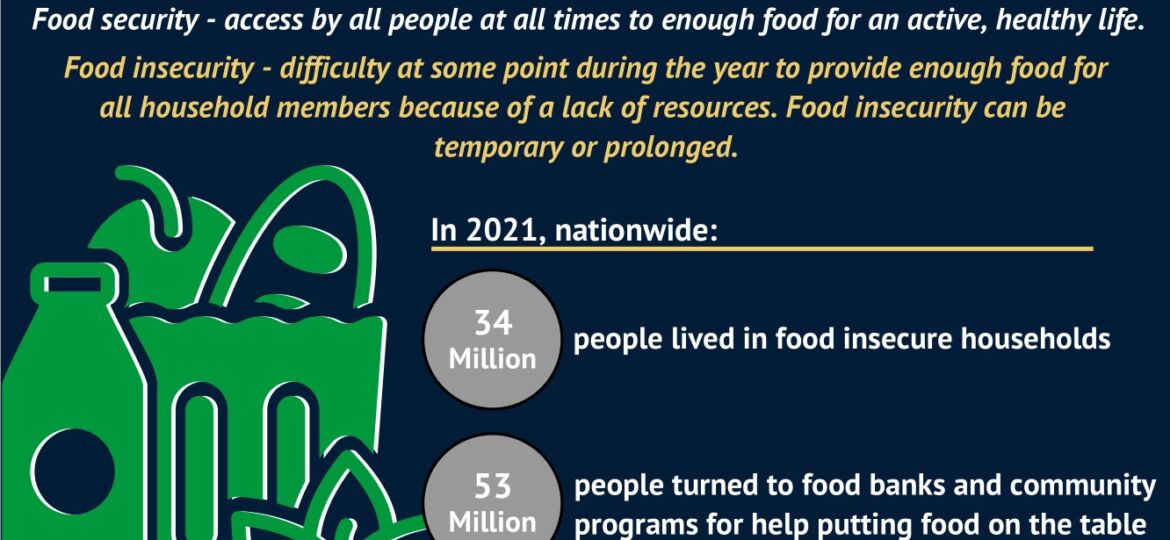
Related Posts

Today’s release of new 2020 Census data provides population counts of nearly 1,500 race and ethnicity groups and American Indian and Alaska Native (AIAN) tribes and villages.
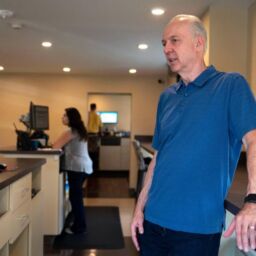
‘Unbelievably good price’: KC-area pharmacy dispenses bargain medicine — and hope Go to article

Three Healthcare Organizations Join Forces to Save Lives

How is a charitable pharmacy different from other types of pharmacies?
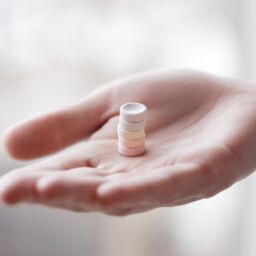
Implications for Patients
Once the continuous enrollment ends, it is estimated between 5 -14 million individuals will be affected
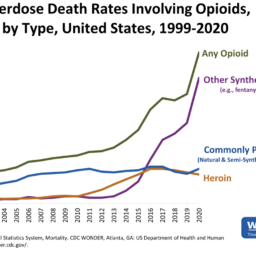
Patients taking opioid dosages at or above 50 MME/day are twice as likely to overdose compared to those taking 20 MME/day, and the risk further increases as the MME/day increases.
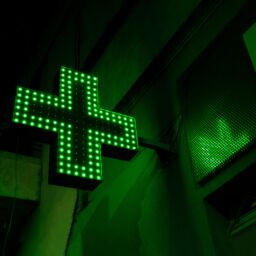
Charitable Pharmacies of America organization member receives Health Equity grant

St. Vincent de Paul Charitable Pharmacy offers article regarding impact of a charitable pharmacy on their community and patients
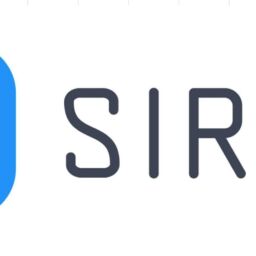
Good Pill will provide direct access to hundreds of life-saving medications and save families $150+/month on healthcare cost
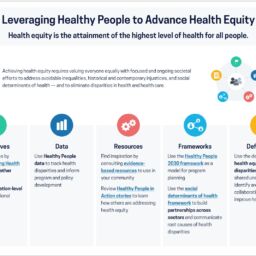
Healthy People 2030 Leveraging Healthy People to Advance Health Equity Health equity is the attainment of the highest level of health for all people. “Eliminate health disparities, achieve health equity, and attain health literacy to improve the health and well-being of all.”
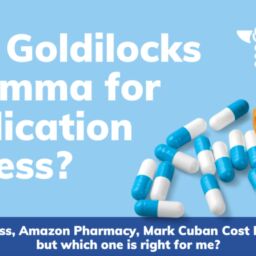
There are multiple factors that will impact an individual patient’s choice on how to go about getting their prescription medication. It can be overwhelming to navigate this complex issue.
Good Pill will provide direct access to hundreds of life-saving medications and save families $150+/month on healthcare cost
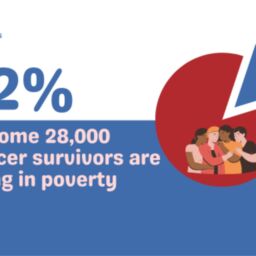
An opportunity for charitable pharmacies to collaborate with oncology practices for non-oncology medications during and after treatment.
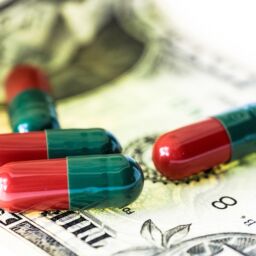
Uninsured adults and those in worse health continue to report higher rates of not getting care due to costs

APPLICATIONS ARE OPEN! – Letters of Intent due 9/15/23

